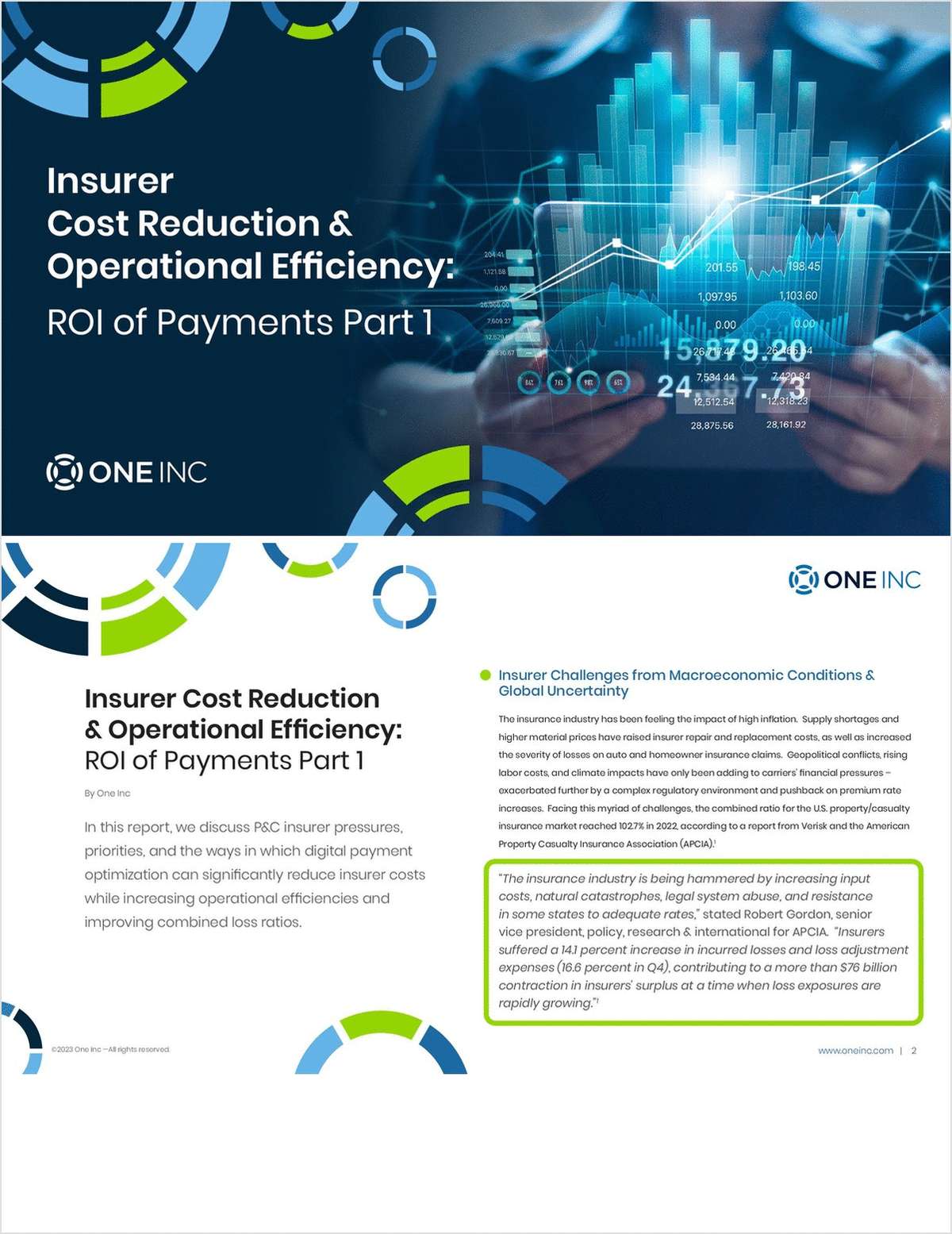The only constant is change, goes the familiar saying, and change is upon us, according to industry analysts. At the beginning of 2005, U.S. financial services institutions are at an IT spending crossroads, writes TowerGroup senior analyst Virginia Garcia. Many U.S. financial services firms are making organic growth and operational efficiency their top management priorities. IT transformation is urgently needed for both, even more so under the emerging view that organic growth and operational efficiency pursuits should go hand-in-glove. In terms of insurance through 2008, Garcia predicts, Key IT spending priorities for carriers will include legacy transformation in pursuit of flexible enterprise architectures, the auto-mation and streamlining of underwriting, fraud detection and prevention, and customer segmentation and knowledge.
A recent IT industry report from research firm IDC picks up on the infrastructure refresh theme for financial services. In conclusion, it also lists emerging technologies worth watching such as the semantic Web, which it defines as allowing for the aggregation of data from different XML databases using standardized definitions, conversion schemes, and naming conventions. In 2005, well begin to hear more about it, the report promises (for more on newer technologies insurers are assessing now, see The Right Connections, p. 14).
All this innovation sounds great, but it ignores one essential componentpeople. The stimulation of change may be a factor in keeping technologists in the IT field, but often change isnt in general easily embraced.
One observation goes something like this: Change occurs when the pain of the status quo becomes greater than the pain of change. For instance, employees may be motivated to change jobs when they are so unhappy that the uneasiness of switching to a new and unknown position is a lesser evil than coping with the discomfort of the familiar.
Given the current transformation toward growth and efficiency, what does change mean for those at the wheel of insurance IT? It means IT leaders must make certain their passengers are prepared for the rigors of the journey to ensure arrival at the desired destination. A year-end report from Gartners people3 company says most (75 percent) IT leaders implementing organization changes fail to adequately consider their companys ability to transform. It continues: IT leaders must lead their organization through a series of changes in order to switch from cost-reduction and containment mode to a revenue- and profitability-growth mode.
The report suggests strategies and processes to achieve this, among them: Leaders must clearly understand employees reactions, gauge resistance, and establish where employees are on the change curve. Companies must measure formally or informally change progress and the effectiveness of the change tactics.
Yes, this really is common sense, but seemingly many IT leaders place people after those nifty new systems on the to-do list, if people are even on the list. So, as you drive your companys IT into the future, remember theres more in your hands than merely the machinery. Make certain all on board buckle up for the ride.
Sharon S. Schwartzman
Editor-in-Chief
Want to continue reading?
Become a Free PropertyCasualty360 Digital Reader
Your access to unlimited PropertyCasualty360 content isn’t changing.
Once you are an ALM digital member, you’ll receive:
- Breaking insurance news and analysis, on-site and via our newsletters and custom alerts
- Weekly Insurance Speak podcast featuring exclusive interviews with industry leaders
- Educational webcasts, white papers, and ebooks from industry thought leaders
- Critical converage of the employee benefits and financial advisory markets on our other ALM sites, BenefitsPRO and ThinkAdvisor
Already have an account? Sign In Now
© 2024 ALM Global, LLC, All Rights Reserved. Request academic re-use from www.copyright.com. All other uses, submit a request to [email protected]. For more information visit Asset & Logo Licensing.








